Stunning sculptures create art from DNA
These stunning sculptures are a literal case of art imitating life. Find out how they were made.
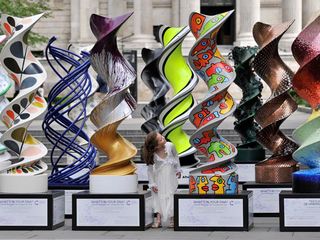
If you have the chance to visit the UK capital over the next few months, you'll first want to check out our Designer's Guide to London. But here's something else that's new and worth checking out.
Leading artists, designers and sculptors from across the world have brought to the DNA double helix to life in a series of dramatic sculptures across the streets of London.
Each of the designers, including Ai WeiWei, Thierry Noir, Zaha Hadid, Orla Kiely, Jane Morgan and twins Chris and Xand van Tulleken, was asked 'what's in your DNA?' and the results are a colourful mixture of intriguing and thought-provoking designs.
The base helix design for each of the 21 sculptures was created by London design practice SomeOne. The artists then took these base sculptures and created unique designs.
The DNA inspired art trail is being organised by Cancer Research UK to funds for the Francis Crick Institute, a world-leading centre of biomedical research and innovation due to open in 2016.
The trail will be live throughout until Sunday 6 September, with the sculptures then being auctioned at Christie's.
Spiral inspiration
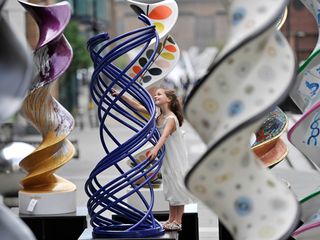
"Francis Crick was an astonishing scientist, and is best known for his work with James Watson which led to the discovery of DNA in 1953," explains Simon Manchipp, co-founder of SomeOne. "When working to develop a series of sculptures to be customised by some of the world's leading creatives, we considered many different kinds of form, but we kept on coming back to the DNA spiral.
"The outcome is accurately based on the DNA structure. In fact, we 'clothed' the molecular construction to develop larger surface areas that would be more adept at taking on the artists' ideas."
The SomeOne team was briefed by scientists on the complexities and subtleties of the DNA structure, explains lead designer Max Longstaff.
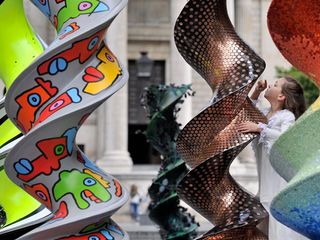
"The human body is made up of trillions of cells," he explains. "Each one of these is packed with long, delicate strands of DNA which provides the hardwired operating instructions (or genes) for everything that cell will ever need to do. We translated these incredible natural designs into a series of rapid prototype 3D prints – ranging from the more literal to the lateral."
For more information on the art trail, see the Cancer Research UK website.
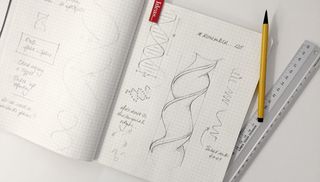
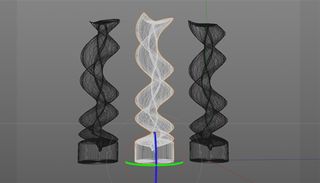
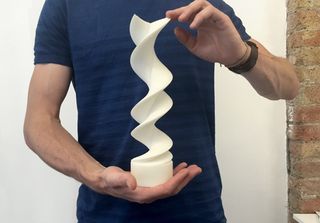
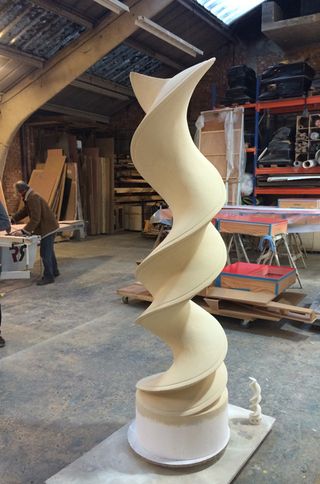
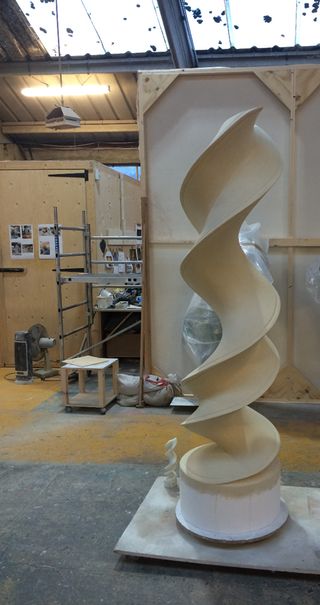
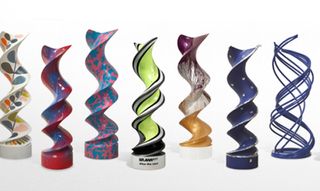
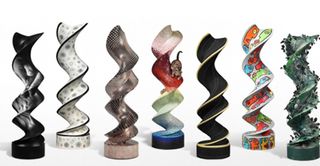
Liked this? Read these!
- 10 astonishing sculptures that blend perfectly with nature
- The best collage maker tools – and most are free!
- Discover the best blogging platform

Thank you for reading 5 articles this month* Join now for unlimited access
Enjoy your first month for just £1 / $1 / €1
*Read 5 free articles per month without a subscription

Join now for unlimited access
Try first month for just £1 / $1 / €1
Get the Creative Bloq Newsletter
Daily design news, reviews, how-tos and more, as picked by the editors.
Tom May is an award-winning journalist and editor specialising in design, photography and technology. Author of the Amazon #1 bestseller Great TED Talks: Creativity, published by Pavilion Books, Tom was previously editor of Professional Photography magazine, associate editor at Creative Bloq, and deputy editor at net magazine. Today, he is a regular contributor to Creative Bloq and its sister sites Digital Camera World, T3.com and Tech Radar. He also writes for Creative Boom and works on content marketing projects.
